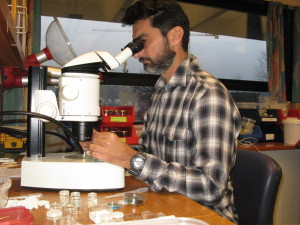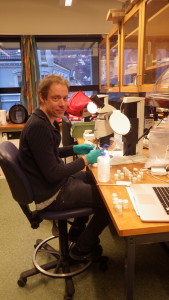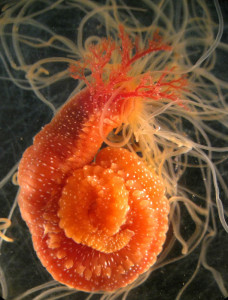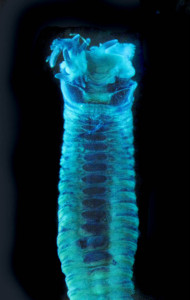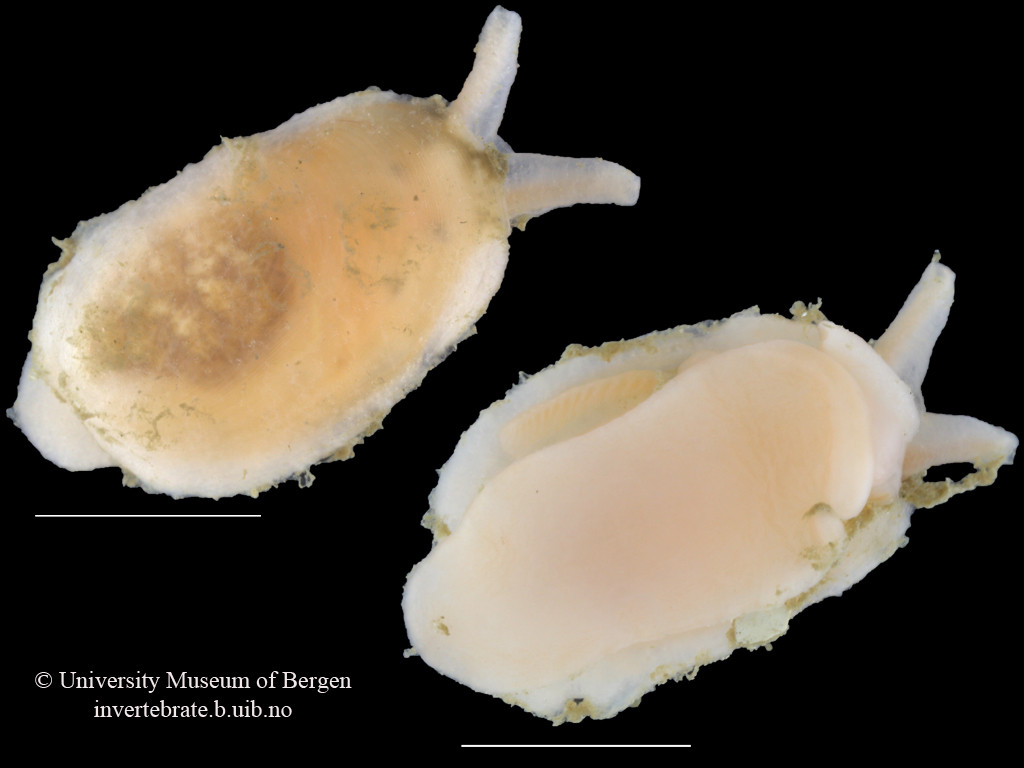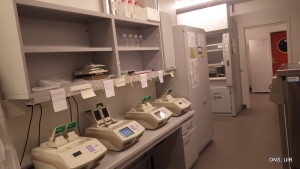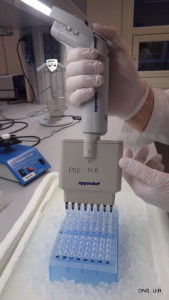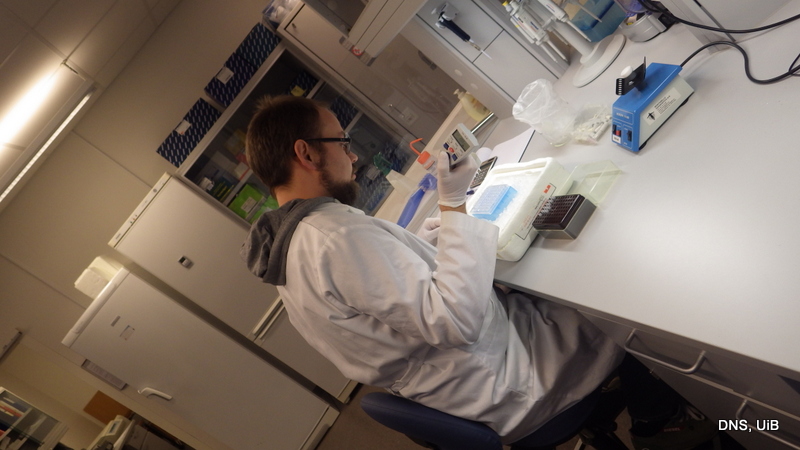We started early with visitors for 2016; Mario arrived already on the 4th of January!
Mario’s home institution is the University of Antioquia, in Medellin, Colombia, and the contrast to snow covered (and/or rain swept) Bergen has been great; this was his first time having snow beneath his shoes.
Another of our polychaete collaborators, Arne Nygren from Sjöfartsmuseet Akvariet in Gothenburg (Artsprosjekt can be found here (NO)) seized the chance to visit as well, and together with the resident polychaetologists (Jon, Tom and Nataliya) it meant that we suddenly had an impromptu polychaete workshop on our hands 🙂
Being able to meet in person makes the work flow smoother all around, as work was delegated and plans concretized. 2016 is likely to be a year with much focus on the Polychaeta, as it is both the final year of the PolyNor project (ends in spring), and the year of the 12th International Polychaete Conference, which will be held in Cardiff, Wales.
During Mario’s month-long stay he was examining the collection of terebellids from West Africa and the museum’s collection of the bristle worm genus Pista, much of which will later be barcoded through NorBOL (for the Norwegian material) and MIWA (for our West African samples).
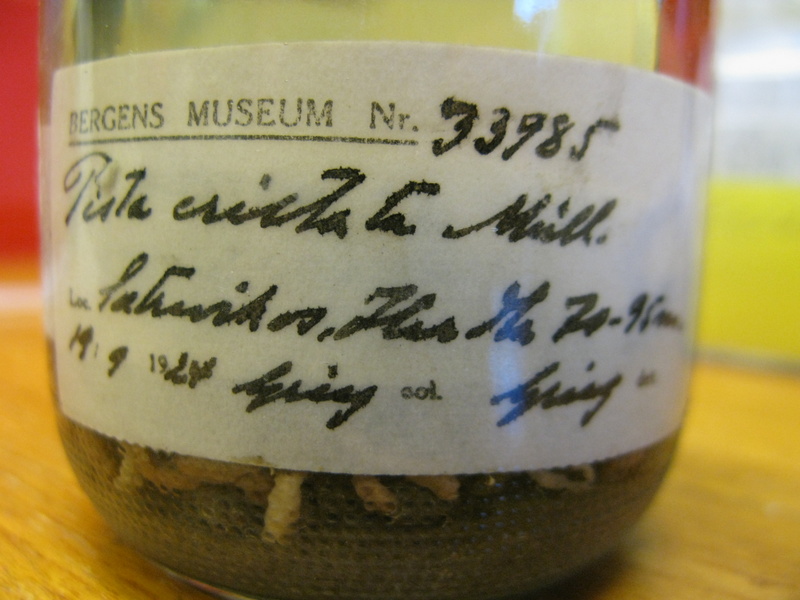
Pista cristata identified by Dr. T. Holthe, one of the most important experts on spaghetti worms, from University of Bergen. RCP. Photo: MHL
In his own words:
I usually work on the morphology of just one of the several families of polychaetes, the Terebellidae, or spaghetti worms. This visit has been very important since we have been able to separate four Pista species from the North Sea, using both morphological and molecular tools. “The combination of these two different methods has been superb”.
Jon, Arne and I began this study during August 2014, but this undertaking seems like it will never end because we keep adding more material. The recent findings have been the significance of some characters that did not have taxonomical importance in the past. Now, they are the clues for splitting very close species.
But this is not enough; it was possible to identify 43 species of terebellids belonging to 16 different genera, from material collected along the West African coasts.
This is a high polychaete diversity in only one family. For example, we found three Lysilla species, in a region with only one recorded species. New species? Highly possible. One can only wonder what the diversity of the remaining families is?
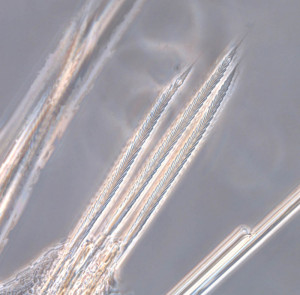
Verticilate chaetae (bristles) from one of the polycirrinae species photographed through a microscope. Photo: MHL
All this was accompanied with a perfect view through the window, seeing it snow some days, or watching the Sun on the mountains in front; some times with white top mountains, some times with deep blue sky. A landscape like that never could be my company in my tropical city.
Thank you for visiting, it was very nice having you here – we wish you the best of luck with your next adventure in Antarctica!

